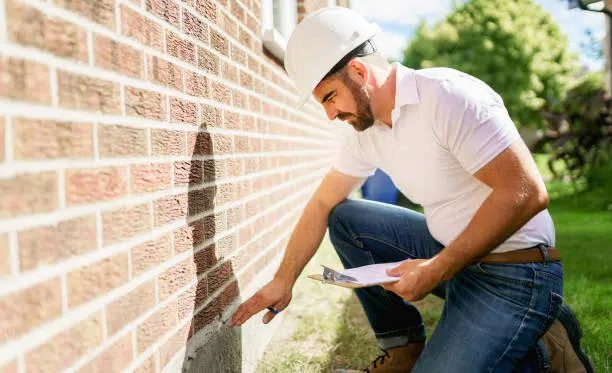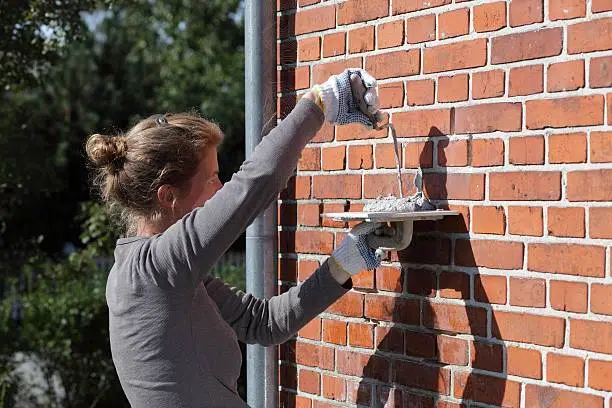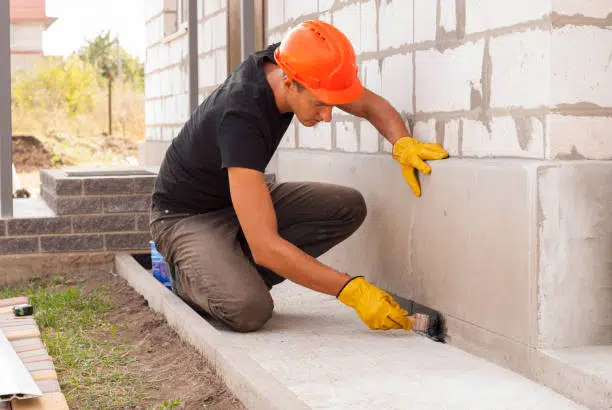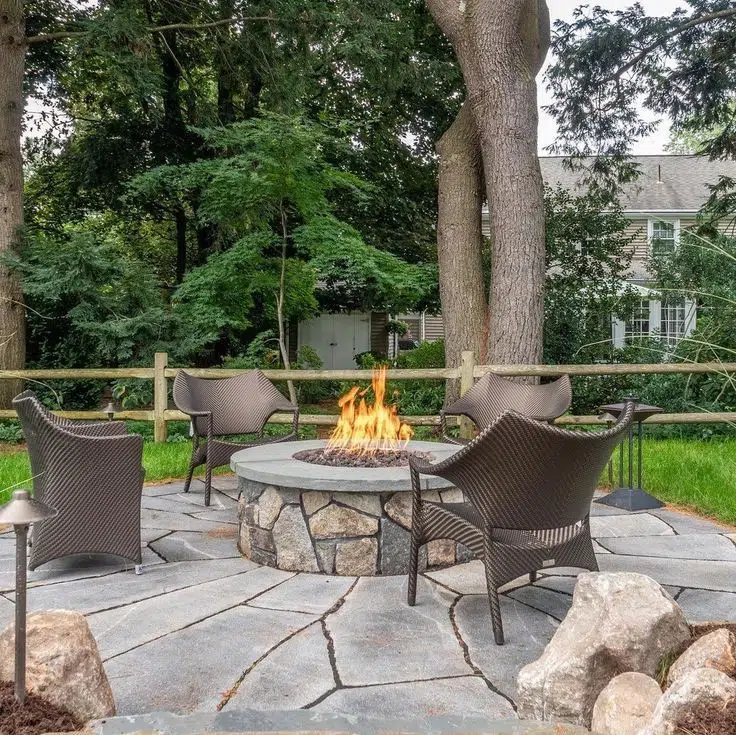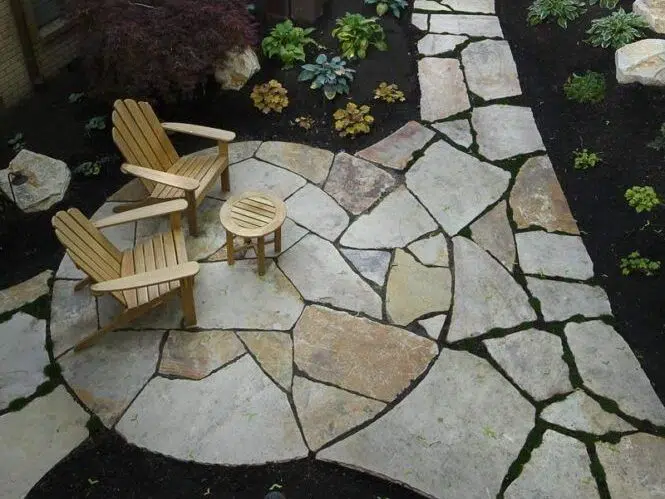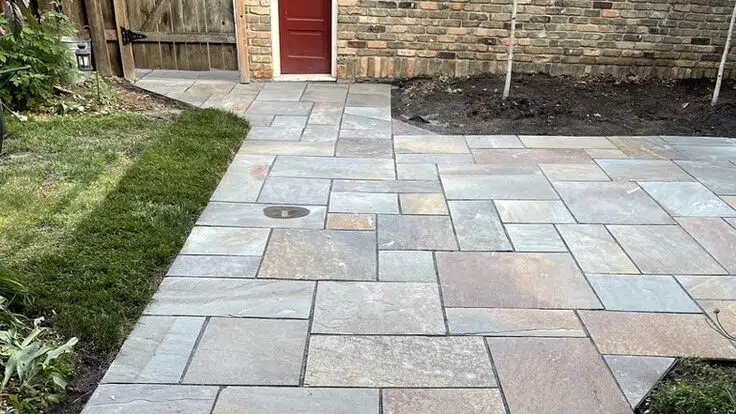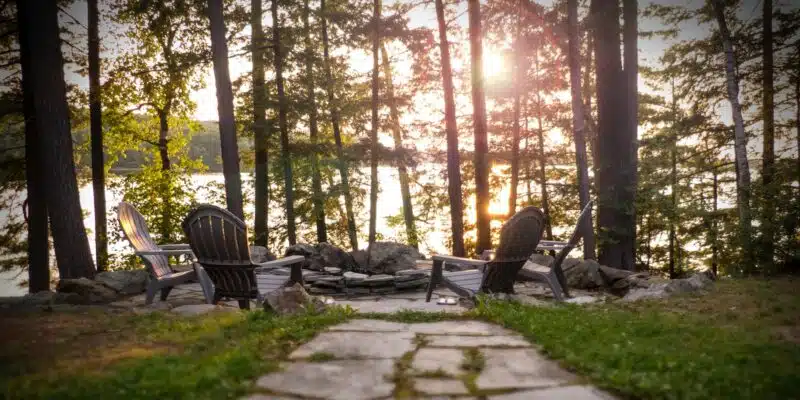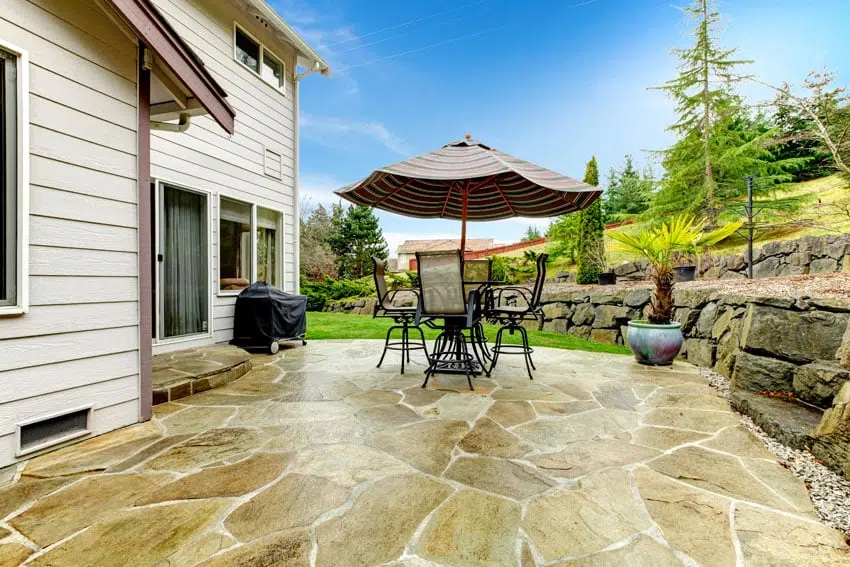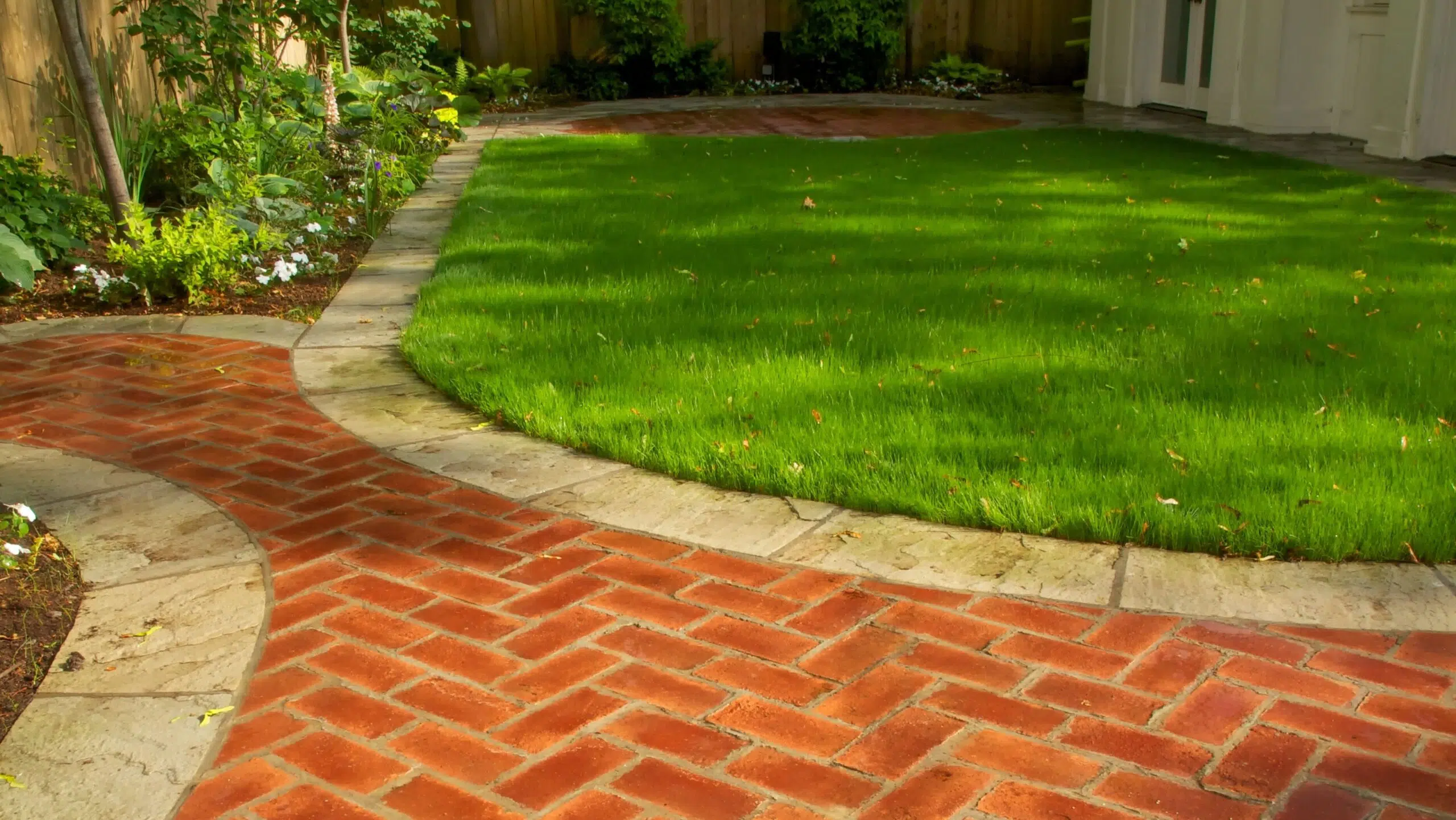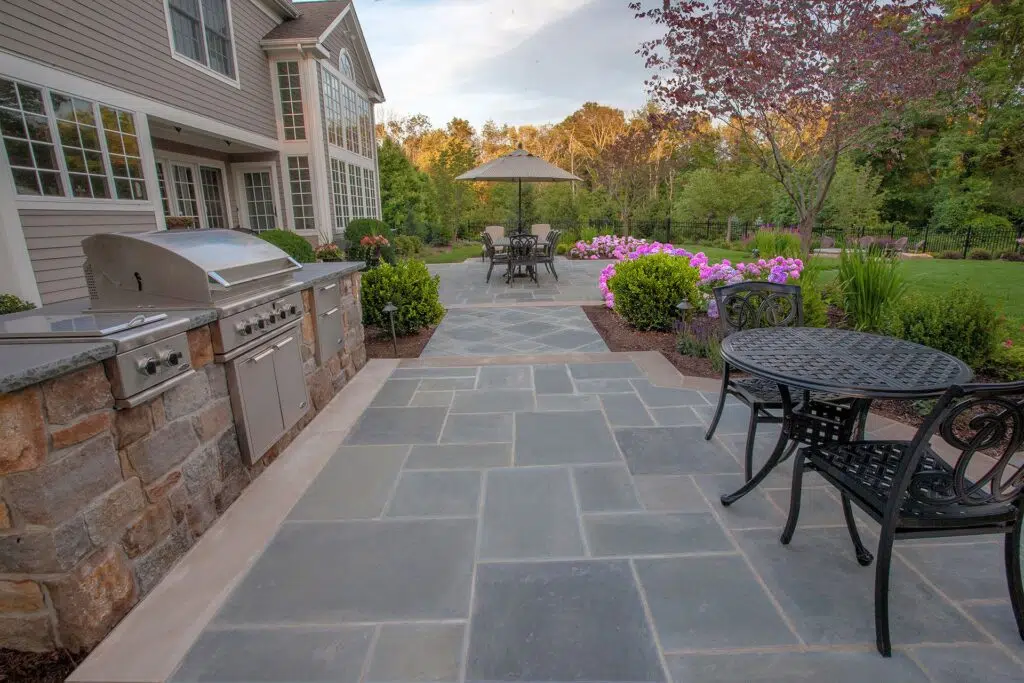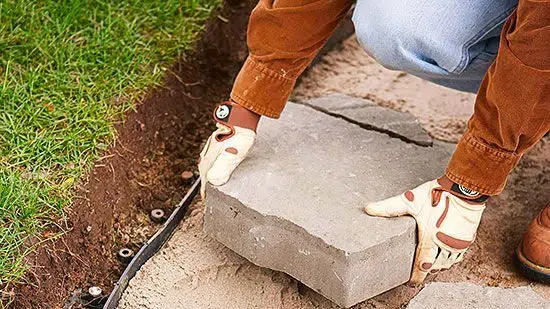What is the return policy?
Our return policy allows customers to return products within 30 days of purchase for a full refund, provided the items are unused and in their original packaging.
How can I track my order?
You can track your order by logging into your account on our website and clicking on the “Order History” section. A tracking link will be provided once your order has shipped.
What payment methods do you accept?
We accept various payment methods including credit cards, PayPal, and bank transfers.
Do you offer international shipping?
Yes, we offer international shipping to select countries. Please check our shipping policy page for more details.
Can I change my order after placing it?
Changes to your order can be made within one hour of placing it. Please contact our customer service for assistance.

